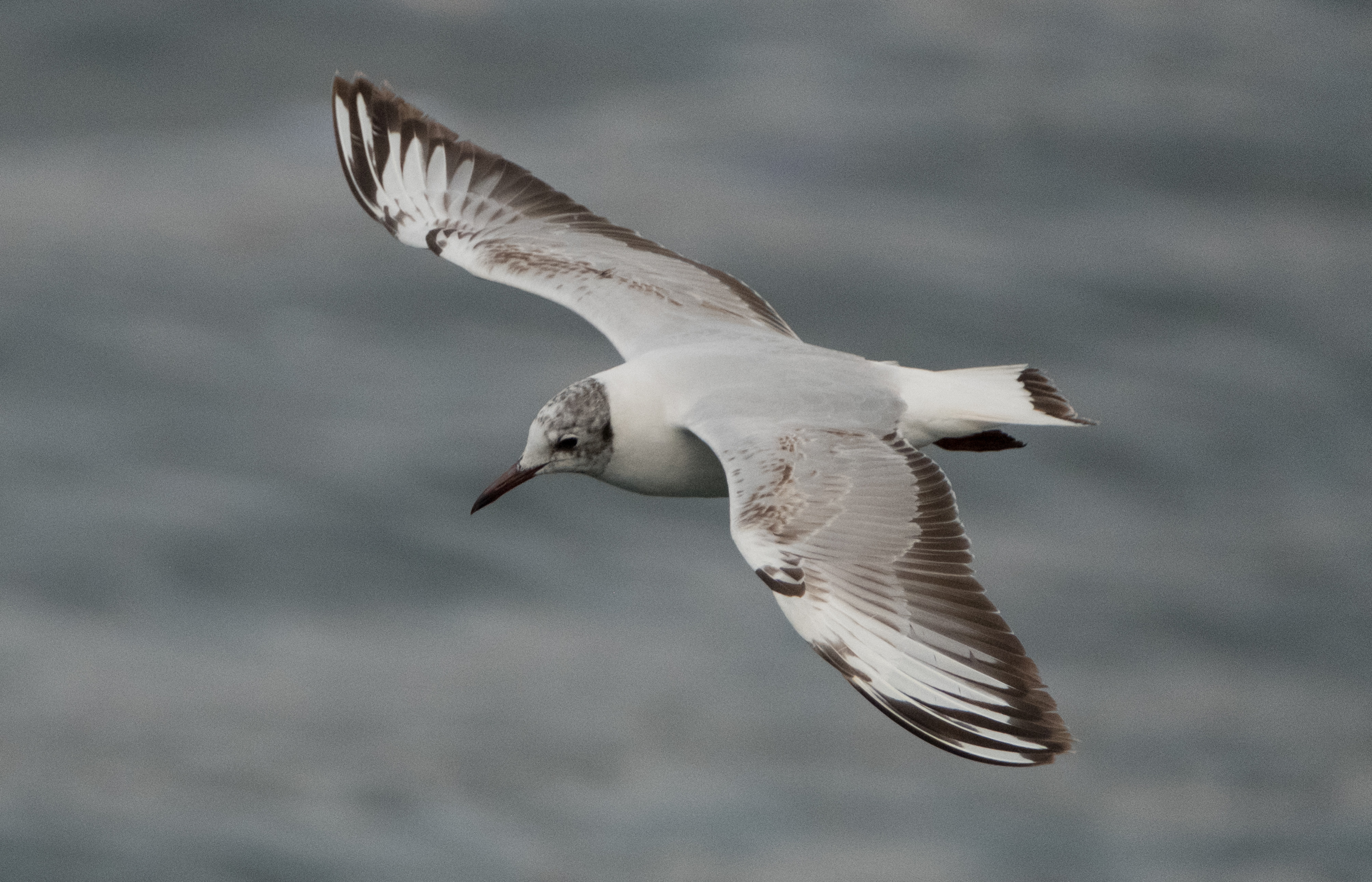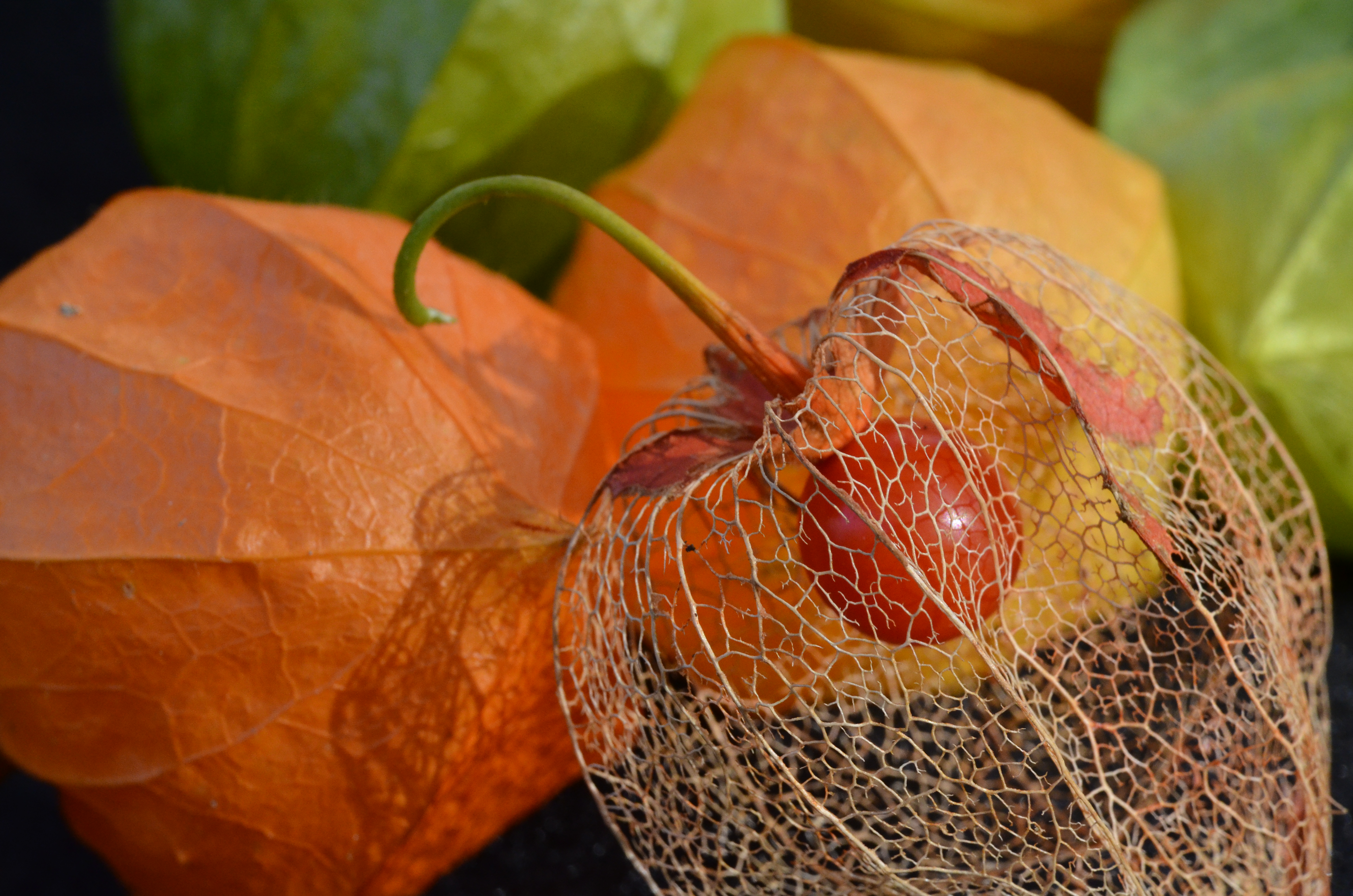
References
Aisch, G., & Schwencke, K. (2015, October 30). New York City marathon in six charts. The New York Times. Retrieved October 29, 2018 from https://www.nytimes.com/interactive/2015/10/30/sports/new-york-marathon-in-six-charts.html?fbclid=IwAR1A2nO_- x3ZxG7SpdqBELRi9bUn0e86g2Z9Gbwcdwec
Andrews, P., & Chen, M. A. (2014). Gender differences in mental toughness and coping with injury in runners. Journal of Athletic Enhancement, 3(6), 1-5. doi:10.4172/2324- 9080.1000183
Appleby, K. M., & Fisher, L. A. (2009). “Running in and out of motherhood”: Elite distance runners’ experiences of returning to competition after pregnancy. Women in Sport and Physical Activity Journal, 18(1), 3-17. doi:10.1123/wspaj.18.1.3
Archibald, M. M. (2015). Investigator triangulation. Journal of Mixed Methods Research, 10(3), 228-250. doi:10.1177/1558689815570092
Baar, K., Wedne, A. R., Jones, T. E., Morrison, M., Nolte, L. A., Chen, M., . . . Holloszy, J. O. (2002). Adaptations of skeletal muscle to exercise: Rapid increase in the transcriptional coactivator PGC-1. The FASEB Journal, 16(14), 1879-1886. doi:10.1096/fj.02-0367com
Bayod, S., Del Valle, J., Lalanza, J., Sanchez-Roige, S., De Luxan-Delgado, B., Coto-Montes, A., . . . Pallas, M. (2012). Long-term physical exercise induces changes in sirtuin 1 pathway and oxidative parameters in adult rat tissues. Experimental Gerontology, 47(12), 925-935. doi:10.1016/j.exger.2012.08.004
Bean, C., Fortier, M., & Chima, K. (2019). Exploring challenges and strategies associated with the demands of competitive male youth hockey on mothers’ health. Leisure/Loisir. doi:10.1080/14927713.2019.1583075
Bean, C., Fortier, M., Post, C., & Chima, K. (2014). Understanding how organized youth sport maybe harming individual players within the family unit: A literature review. lnternational Journal of Environmental Research and Public Health, 11(10), 10226- 10268. doi:10.3390/ijerph111010226
Belforth, E. (2013). The elite endurance athlete as a mother – a case study of four elite endurance sporting women (Unpublished master’s thesis). Goteborgs University, Sweden.
Biddle, S. J. H., & Mutrie, N. (2001). Psychology of physical activity: Determinants, well-being and interventions (2nd ed.). New York, NY: Routledge.
Boudreau, A. L., & Giorgi, B. (2010). The experience of self-discovery and mental change in female novice athletes in connection to marathon running. Journal of Phenomenological Psychology,41(2), 234-267. doi:10.1163/156916210×532144
Braun, V., & Clarke, V. (2006). Using thematic analysis in psychology. Qualitative Research in Psychology, 3(2), 77-101. doi:10.1191/1478088706qp063oa
Bremer, K. L. (2012). Parental involvement, pressure, and support in youth sport: A narrative literature review. Journal of Family Theory & Review, 4(3), 235-248. doi:10.1111/j.1756- 2589.2012.00129.x
Brown, W. J., Mishra, G., Lee, C., & Bauman, A. (2000). Leisure time physical activity in Australian women: Relationship with well being and symptoms. Research Quarterly for Exercise and Sport, 71(3), 206-216. doi:10.1080/02701367.2000.10608901
Buman, M. P., Omli, J. W., Giacobbi, P. R., & Brewer, B. W. (2008). Experiences and coping responses of “hitting the wall” for recreational marathon runners. Journal of Applied Sport Psychology, 20(3), 282-300. doi:10.1080/10413200802078267
Burnard, P. (1994). The telephone interview as a data collection method. Nurse Education Today, 14(1), 67-72. doi:10.1016/0260-6917(94)90060-4.
Canadian Society for Exercise Physiology. (2003). Canadian physical activity guidelines. Retrieved December 5, 2018 from http://www.csep.ca/CMFiles/Guidelines/CSEP_PA Guidelines_adults_en.pdf
Carter, L., Coumbe-Lilley, J., & Anderson, B. (2016). Strategies for working with first time marathon runners. The Sport Journal. Retrieved August 9, 2017 from https://thesportjournal.org/article/strategies-for-working-with-first-time-marathon- runners/
Chan, Z. C., Fung, Y., & Chien, W. (2013). Bracketing in phenomenology: Only undertaken in the data collection and analysis process. The Qualitative Report, 18(30), 1-9.
Coakley, J. (2006). The good father: Parental expectations and youth sports. Leisure Studies, 25(2), 153-163. doi:10.1080/02614360500467735
Cowdery, R. S., & Knudson-Martin, C. (2005). The construction of motherhood: Tasks, relational connection, and gender equality. Family Relations, 54(3), 335-345. doi:10.1111/j.1741-3729.2005.00321.x
Crust, L., & Nesti, M. (2006). A review of psychological momentum in sports: Why qualitative research is needed. Athletic lnsight, 8(1), 1-15.
Currie, J. (2004). Motherhood, stress and the exercise experience: Freedom or constraint? Leisure Studies, 23(3), 225-242. doi:10.1080/0261436042000251987
Doucet, A. (2006). Do men mother? (2nd ed.). Toronto, ON: University of Toronto Press. Edwards, S. D. (2006). Physical exercise and psychological well-being. South African Journal of Psychology, 36(2), 357-373. doi:10.1177/008124630603600209
Edwardson, C. L., & Gorely, T. (2010). Parental influences on different types and intensities of physical activity in youth: A systematic review. Psychology of Sport and Exercise, 11(6), 522-535. doi:10.1016/j.psychsport.2010.05.001
Equal Opportunities Commission. (2006). What does equal opportunities mean? Retrieved November 8, 2017 from https://www.eoc.org.uk/
Ferguson, L. J., Kowalski, K. C., Mack, D. E., & Sabiston, C. M. (2014). Exploring self- compassion and eudaimonic well-being in young women athletes. Journal of Sport and Exercise Psychology, 36(2), 203-216. doi:10.1123/jsep.2013-0096
Ferreira, I., Horst, K. V., Wendel-Vos, W., Kremers, S., Lenthe, F. J., & Brug, J. (2007). Environmental correlates of physical activity in youth: A review and update. Obesity Reviews, 8(2), 129-154. doi:10.1111/j.1467-789x.2006.00264.x
Flood, A. (2010). Understanding phenomenology. Nurse Researcher, 17(2), 7-15. doi:10.7748/nr2010.01.17.2.7.c7457
Galloway, J. (2016). The run-walk-run method. Aachen, Germany: Meyer & Meyer sport.
Glynn, K., Maclean, H., Forte, T., & Cohen, M. (2009). The association between role overload and women’s mental health. Journal of Women’s Health, 18(2), 217-223. doi:10.1089/jwh.2007.0783
Goodsell, T. L., & Harris, B. D. (2011). Family life and marathon running: Constraint, cooperation, and gender in a leisure activity. Journal of Leisure Research, 43(1), 80-109. doi:10.1080/00222216.2011.11950227
Guendouzi, J. (2006). “The guilt thing”: Balancing domestic and professional roles. Journal of Marriage and Family, 68(4), 901-909. doi:10.1111/j.1741-3737.2006.00303.x
Halcomb, E. J., & Andrew, S. (2005). Triangulation as a method for contemporary nursing research. Nurse Researcher, 13(2), 71-82. doi:10.7748/nr2005.10.13.2.71.c5969
Held, L., & Rutherford, A. (2012). Can’t a mother sing the blues? Postpartum depression and the construction of motherhood in late 20th-century America. History of Psychology, 15(2), 107-123. doi:10.1037/a0026219
Higginbottom, G. M. (2004). Sampling issues in qualitative research. Nurse Researcher, 12(1), 7-19. doi:10.7748/nr2004.07.12.1.7.c5927
Hurst, M. (2014). Who participates in active leisure? (Canada, Statistics Canada). Retrieved November 9, 2018 from https://www150.statcan.gc.ca/n1/pub/11-008- x/2009001/article/10690-eng.htm
Iwasaki, Y., Mackay, K. J., Mactavish, J. B., Ristock, J., & Bartlett, J. (2006). Voices from the margins: Stress, active living, and leisure as a contributor to coping with stress. Leisure Sciences, 28(2), 163-180. doi:10.1080/01490400500484065
Jacobsson, K. (2012). Pondering on methods. A variety of methodological concerns (K. Sjoberg, Ed.). Lund: Faculty of Social Sciences, Lund University.Jakob, J. (2018, April 19).
Research: Women are better runners than men. Retrieved November 13, 2018 from https://runrepeat.com/research-women-are-better-runners-than-men
Johnston, D. D., & Swanson, D. H. (2006). Constructing the “good mother”: The experience of mothering ideologies by work status. Sex Roles, 54(7-8), 509-519. doi:10.1007/s11199- 006-9021-3
Joyner, M. J., & Coyle, E. F. (2008). Endurance exercise performance: The physiology of champions. The Journal of Physiology, 586(1), 35-44. doi:10.1113/jphysiol.2007.143834
Kaiseler, M. H. (2010). Gender and personality differences in coping in sport (Unpublished master’s thesis). University of Hull, England.
Karageorghis, C., & Priest, D. (2008). Music in sport and exercise: An update on research and application. The Sport Journal, 11(3).
Kay, T. (2009). The landscape of fathering. In T. Kay (Ed.), Fathering through sport and leisure (pp. 6-22). New York: Routledge.
Kavazis, A. N., Smuder, A. J., & Powers, S. K. (2014). Effects of short-term endurance exercise training on acute doxorubicin-induced FoxO transcription in cardiac and skeletal muscle. Journal of Applied Physiology, 117(3), 223-230. doi:10.1152/japplphysiol.00210.2014
Kerson, T. S., & McCoyd, J. L. (2006). Conducting intensive interviews using email. Qualitative Social Work: Research and Practice, 5(3), 389-406. doi:10.1177/1473325006067367
Knechtle, B. (2012). Ultramarathon runners: Nature or nurture? lnternational Journal of Sports Physiology and Performance, 7(4), 310-312. doi:10.1123/ijspp.7.4.310
Kostiainen, E., Martelin, T., Kestila, L., Martikainen, P., & Koskinen, S. (2009). Employee, partner, and mother. Journal of Family lssues, 30(8), 1122-1150. doi:10.1177/0192513×08329597
Lincoln, Y. S., & Guba, E. G. (1985). Naturalistic inquiry. Newbury Park, CA: Sage.
Lloyd, K., & Little, D. E. (2010). Self-determination theory as a framework for understanding Women’s psychological well-being outcomes from leisure-time physical activity. Leisure Sciences, 32(4), 369-385. doi:10.1080/01490400.2010.488603
Macfarlane, A. (2017, March/April). The mother load. Today’s Parent. Retrieved November 9, 2017 from https://search-proquestcom.ezproxy.lib.ryerson.ca/docview/ 1868263285/abstract/5E79D6C9930D471APQ/1?accountid=13631
Maher, J., & Saugeres, L. (2007). To be or not to be a mother? Journal of Sociology, 43(1), 5-21. doi:10.1177/1440783307073931
Mailey, E. L., Huberty, J., Dinkel, D., & McAuley, E. (2014). Physical activity barriers and facilitators among working mothers and fathers. BMC Public Health, 14(1). doi:10.1186/1471-2458-14-657
Matua, G. A., & Van Der Wal, D. M. (2015). Differentiating between descriptive and interpretive phenomenological research approaches. Nurse Researcher, 22(6), 22-27. doi:10.7748/nr.22.6.22.e1344
Maxwell, J. A., Rogers, S. E., & Chmiel, M. (2015). Designing integration in mixed method and multi-method research (S. N. Hesse-Bieber & R. B. Johnson, Eds.). In Oxford handbook of mixed and multiple methods research. New York, NY: Oxford University.
Mazer, C. (2012). Parental involvement in youth sports: An examination of team Grennville (Unpublished doctoral dissertation). Clemson University, South Carolina.
Melzer, K., Schutz, Y., Boulvain, M., & Kayser, B. (2010). Physical activity and pregnancy. Sports Medicine, 40(6), 493-507. doi:10.2165/11532290-000000000-00000
Mero-Jaffe, I. (2011). ‘Is that what I said?’ Interview transcript approval by participants: An aspect of ethics in qualitative research. lnternational Journal of Qualitative Methods, 10(3), 231-247. doi:10.1177/160940691101000304
Minsky, T. (2006, January). The mother load. Literary Mama. Retrieved November 5, 2017 from http://www.literarymama.com/litreflections/archives/2006/01/the-mother-load.html#
Mottola, M. F., Davenport, M. H., Ruchat, S., Davies, G. A., Poitras, V. J., Gray, C. E., . . . Zehr, (2018). 2019 Canadian guideline for physical activity throughout pregnancy. British Journal of Sports Medicine, 52(21), 1339-1346. doi:10.1136/bjsports-2018-100056
Kumar, M. (2006). Constructivist Epistemology in Action. The Journal of Educational Thought, 40(3), 247-261.
Neff, K. D., Kirkpatrick, K. L., & Rude, S. S. (2006). Self-compassion and adaptive psychological functioning. Journal of Research in Personality, 41(1), 139-154. doi:10.1016/j.jrp.2006.03.004
Nicholls, A. R., Polman, R., Levy, A. R., Taylor, J., & Cobley, S. (2007). Stressors, coping, and coping effectiveness: Gender, type of sport, and skill differences. Journal of Sports Sciences, 25(13), 1521-1530. doi:10.1080/02640410701230479
Novick, G. (2008). Is there a bias against telephone interviews in qualitative research? Research in Nursing and Health, 31(4), 391-398. doi:10.1002/nur.20259
O’Halloran, L., Littlewood, M., Richardson, D., Tod, D., & Nesti, M. (2016). Doing descriptive phenomenological data collection in sport psychology research. Sport in Society, 1-12. doi:10.1080/17430437.2016.1159199
Palinkas, L. A., Horwitz, S. M., Green, C. A., Wisdom, J. P., Duan, N., & Hoagwood, K. (2015).
Purposeful sampling for qualitative data collection and analysis in mixed method implementation research. Administration and Policy in Mental Health and Mental Health Services Research, 42(5), 533-544. doi:10.1007/s10488-013-0528-y
Palkovitz, R., & Copes, M. (2008). Changes in attitudes, beliefs and expectations associated with the transition to parenthood. Marriage and Family Review, 12(3-4), 183-199. doi:10.1300/J002v12n03_10
Palmer, F. R., & Leberman, S. I. (2009). Elite athletes as mothers: Managing multiple identities. Sport Management Review, 12(4), 241-254. doi:10.1016/j.smr.2009.03.001
Pedersen, D. E. (2012). The good mother, the good father, and the good parent: Gendered definitions of parenting. Journal of Feminist Family Therapy, 24(3), 230-246. doi:10.1080/08952833.2012.648141
Pepler, E. (2017, November 23). The invisible workload of motherhood is killing me [Web log post]. Retrieved October 8, 2018 from https://urbanmoms.ca/parenting/invisible- workload-motherhood/?utm_source=FBOnsite
Petrillo, L. A., Kaufman, K. A., Glass, C. R., & Arnkoff, D. B. (2009). Mindfulness for long- distance runners: An open trial using mindful sport performance enhancement (MSPE). Journal of Clinical Sport Psychology, 3(4), 357-376. doi:10.1123/jcsp.3.4.357 Piercy, K. L., Troiano, R. P., Ballard, R. M., Carlson, S. A., Fulton, J. E., Galuska, D. A., . . .
Olson, R. D. (2018). The physical activity guidelines for Americans. Journal of the American Medical Association, 320(19), 2020-2028. doi:10.1001/jama.2018.14854
Polit, D. F., & Beck, C. T. (2010). Generalization in quantitative and qualitative research: Myths and strategies. lnternational Journal of Nursing Studies, 47(11), 1451-1458. doi:10.1016/j.ijnurstu.2010.06.004
Raalte, J. L., Morrey, R. B., Cornelius, A. E., & Brewer, B. W. (2015). Self-talk of marathon runners. The Sport Psychologist, 29(3), 258-260. doi:10.1123/tsp.2014-0159
Sallis, J. F., Prochaska, J. J., & Taylor, W. C. (2000). A review of correlates of physical activity of children and adolescents. Medicine and Science in Sports and Exercise, 32(5), 963- 975. doi:10.1097/00005768-200005000-00014
Skafida, V. (2011). Juggling work and motherhood: The impact of employment and maternity leave on breastfeeding duration: A survival analysis on growing up in Scotland data. Maternal and Child Health Journal, 16(2), 519-527. doi:10.1007/s10995-011-0743-7
Smith, B., & McGannon, K. R. (2017). Developing rigor in qualitative research: Problems and opportunities within sport and exercise psychology. lnternational Review of Sport and Exercise Psychology, 1-21. doi:10.1080/1750984x.2017.1317357
Statistics Canada. (2011). General social survey – 2010: Overview of the time use of Canadians. 792 Ottawa, Canada. Retrieved December 12, 2018 from http://www.statcan.gc.ca/pub/89-647 -x/89-647 -793 x2011001-eng.htm
Strachan, S. M., Bean, C., & Jung, M. E. (2018). ‘I’m on the train and I can’t stop it’ Western Canadians’ reactions to prediabetes and the role of self-compassion. Health & Social Care in the Community, 26(6), 979-987. doi:10.1111/hsc.12628
Thomas, D. R. (2006). A general inductive approach for analyzing qualitative evaluation data. American Journal of Evaluation, 27(2), 237-246. doi:10.1177/1098214005283748 Tracy, S. J. (2010). Qualitative quality: Eight “big-tent” criteria for excellent qualitative research. Qualitative lnquiry, 16(10), 837-851. doi:10.1177/1077800410383121
Tufford, L., & Newman, P. (2010). Bracketing in qualitative research. Qualitative Social Work: Research and Practice, 11(1), 80-96. doi:10.1177/1473325010368316
Van Der Zalm, J. E., & Bergum, V. (2000). Hermeneutic-phenomenology: Providing living knowledge for nursing practice. Journal of Advanced Nursing, 31(1), 211-218. doi:10.1046/j.1365-2648.2000.01244.x
Verhoef, M. J., & Love, E. J., (2004). Women and exercise participation: The mixed blessings of motherhood. Health Care for Women lnternational, 15(4), 297-306. doi:10.1080/07399339409516122
Wilmot, R. (2017, November 3). Want to become self-compassionate? Run a marathon [Web log post]. Retrieved November 27, 2018 from https://theconversation.com/want-to-become- self-compassionate-run-a-marathon-82956
Yaribeygi, H., Panahi, Y., Sahraei, H., Johnston, T. P., & Sahebkar, A. (2017). The impact of stress on body function: A review. Experimental and Clinical Sciences lnternational, 16, 1057-1072. doi:10.17179/excli2017-480
World Health Organization. (2009). Physical activity and women. Retrieved December 18, 2018 from https://www.who.int/dietphysicalactivity/factsheet_women/en/
Zlill, C. (2016). Open-ended questions (2nd ed.). Mannheim, Germany: GESIS – Leibniz Institute for the Social Sciences. doi:10.15465/gesis-sg_en_00






